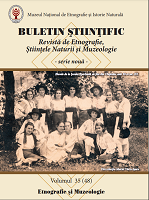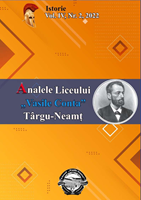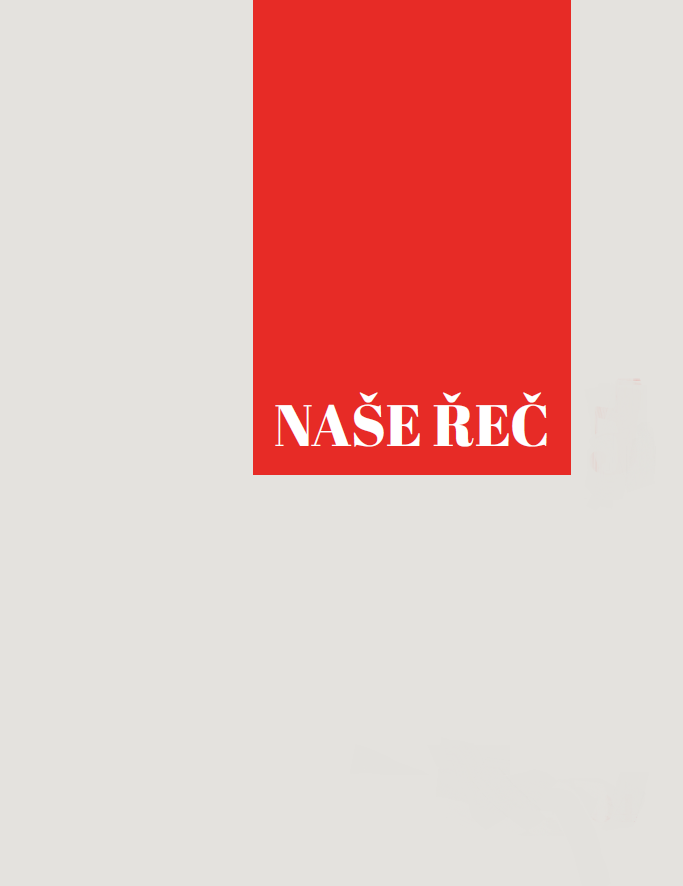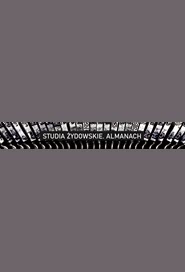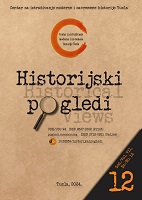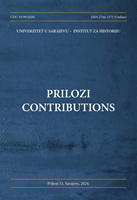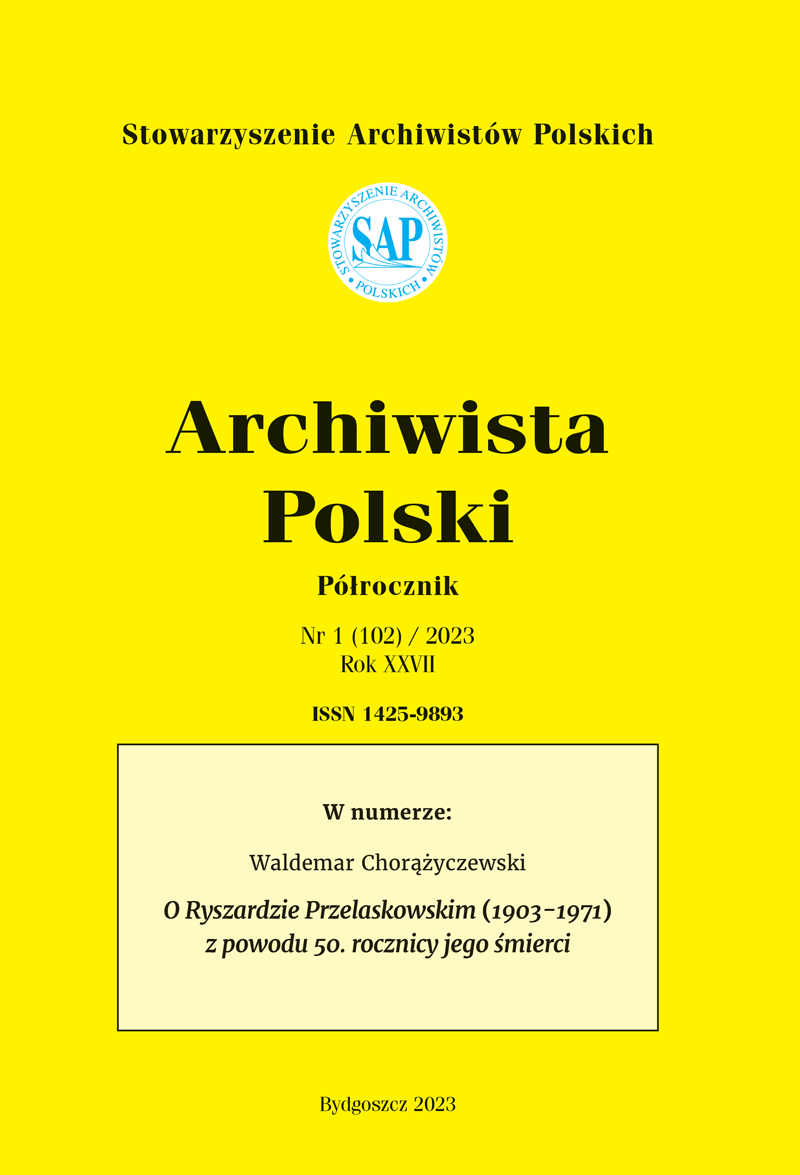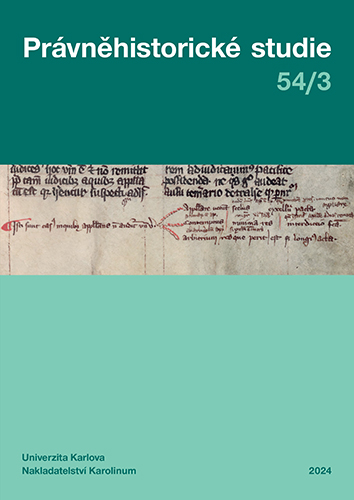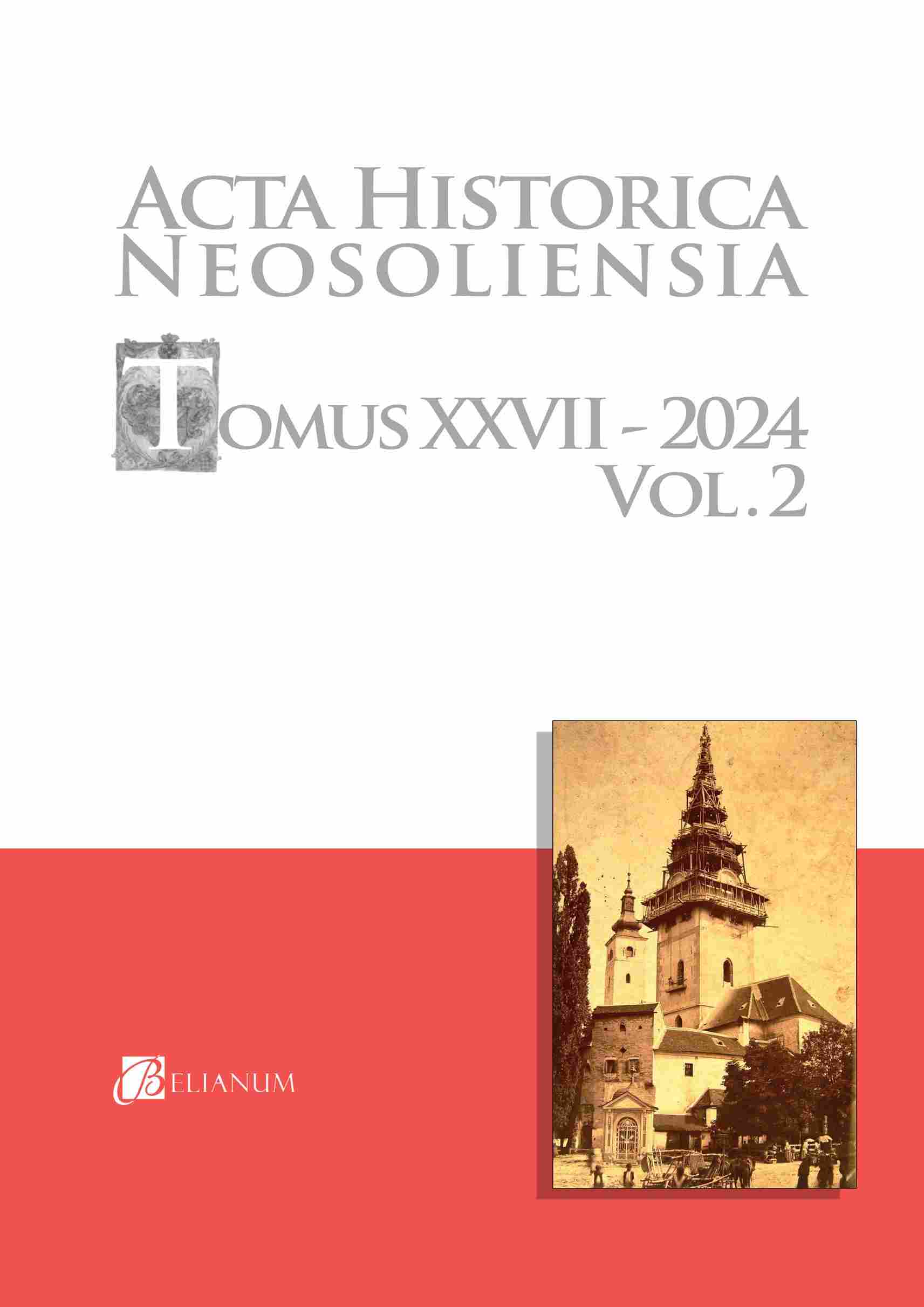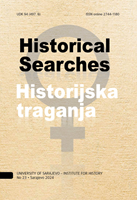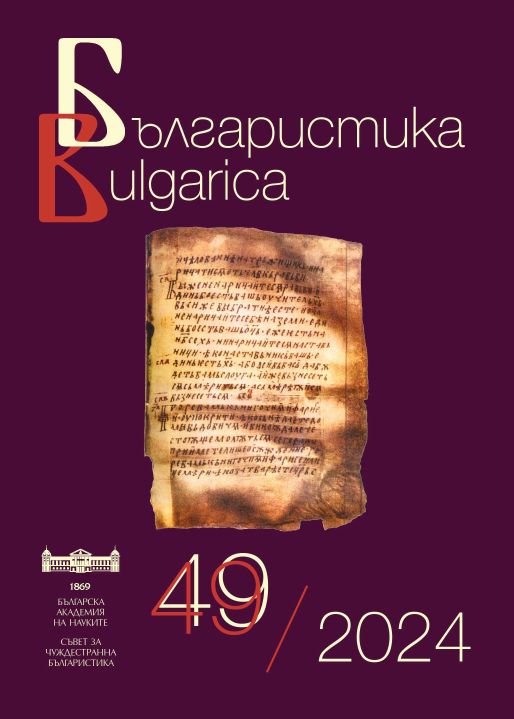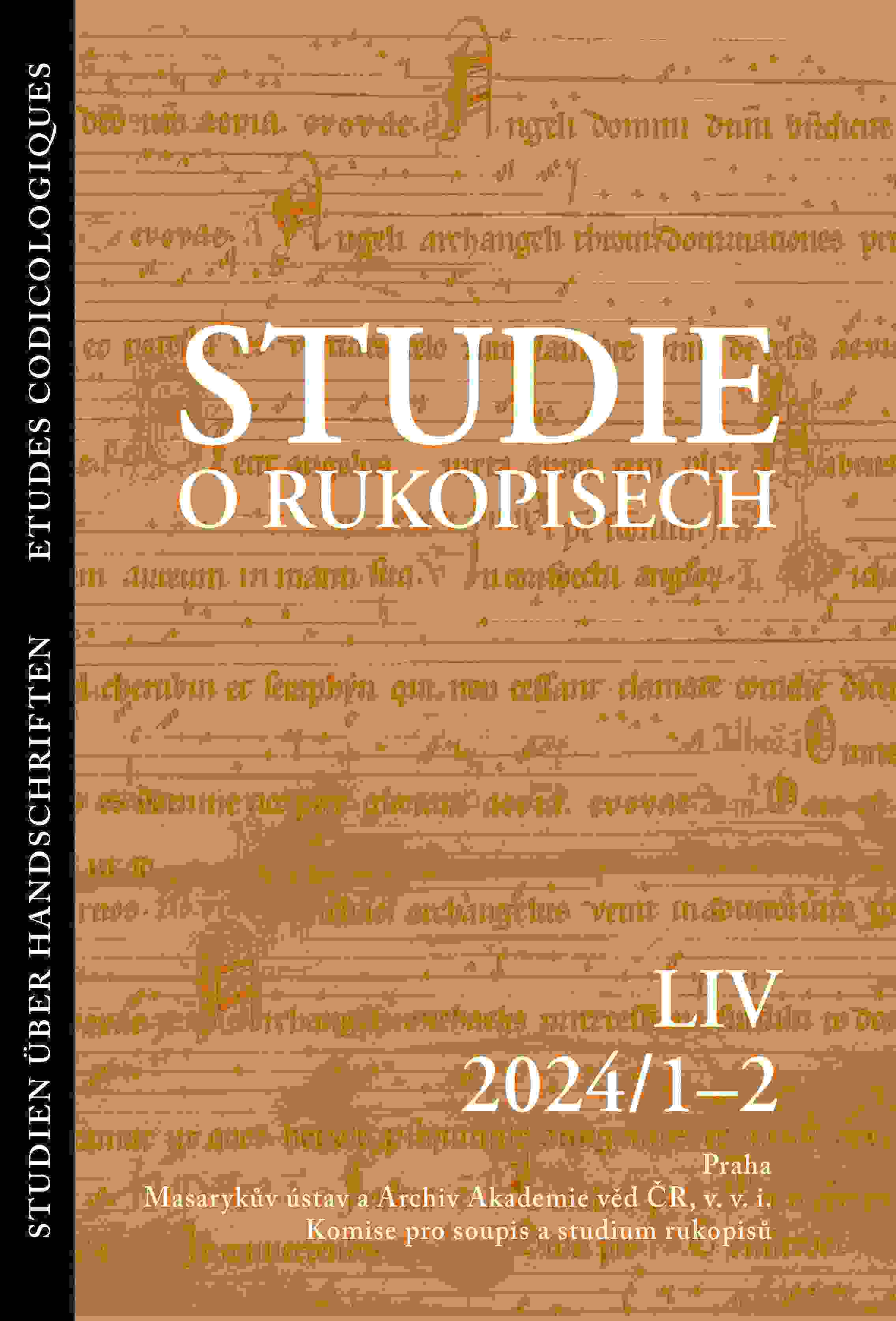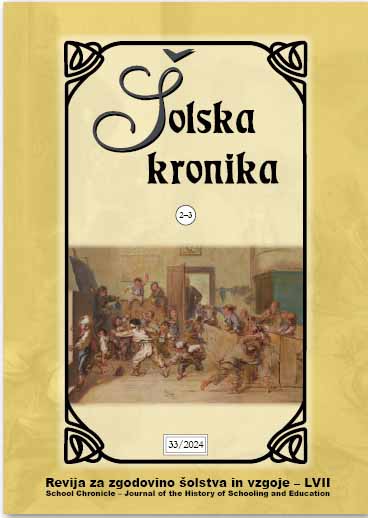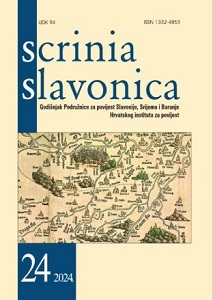Author(s): Sefedin RAHIMI / Language(s): English
Issue: 12/2024
With a particular focus on higher education between 1960 and 1970, this theoretical research aims to elaborate and shed light on the educational developments in Kosovo over the XXth century. The study aims to address every issue raised by the subject without neglecting its chronological aspect. The development of higher education in Kosovo has been examined, debated, and discussed in light of the political, economic, and social changes that occurred in Kosovo during this time period, as well as how those changes affected the development of higher education. The current study deals with two main issues in the history of higher education in Kosovo: the first, “Pedagogical and professional schools in Kosovo, 1960-1970”; and the second, “The opening of faculties in Prishtina, as a branch of the University of Belgrade, 1960-1970”. It deals with the factors and reasons for the opening of the first faculties in Prishtina; the development and consolidation of the Faculty of Philosophy in 1960; the Faculty of Law and Economics in 1961; the Faculty of Technology in 1965; and the Faculty of Medicine in 1969. This study was prepared and written using a scientific methodology, largely employing archive sources, the historical press in Albanian and other languages, as well as selected historiographical and pedagogical literature, etc. During the scientific research, based on numerous sources, an effort was made to research, elaborate, analyze, and reach the most accurate conclusions about the development and role of higher education in Kosovo during the 1960¬ 1970 period. This scientific effort stands out from others since I was able to bring together these innovations from all of the authors and the research that has been conducted thus far. As it stands, first of all, it is the first research that examines the entire issue of Kosovo's educational development and its journey inside the Yugoslav Federation for the years 1960-1970 in the field of higher education in Kosovo. Second, it refers to the periodization of the development of higher education, namely the early stages of that growth that are influenced by societal, political, economic, and educational developments. Thirdly, it highlights the reasons and influences that have shaped Kosovo's educational advancement and general growth by contrasting them with those of the Federation. Fourth, I have reflected the political and ideological effects of state institutions on the curricula by using historical archival sources. I have also prepared statistical data in order to compare its development over a ten-year period to that of other institutions in the Yugoslav Federation.
More...
